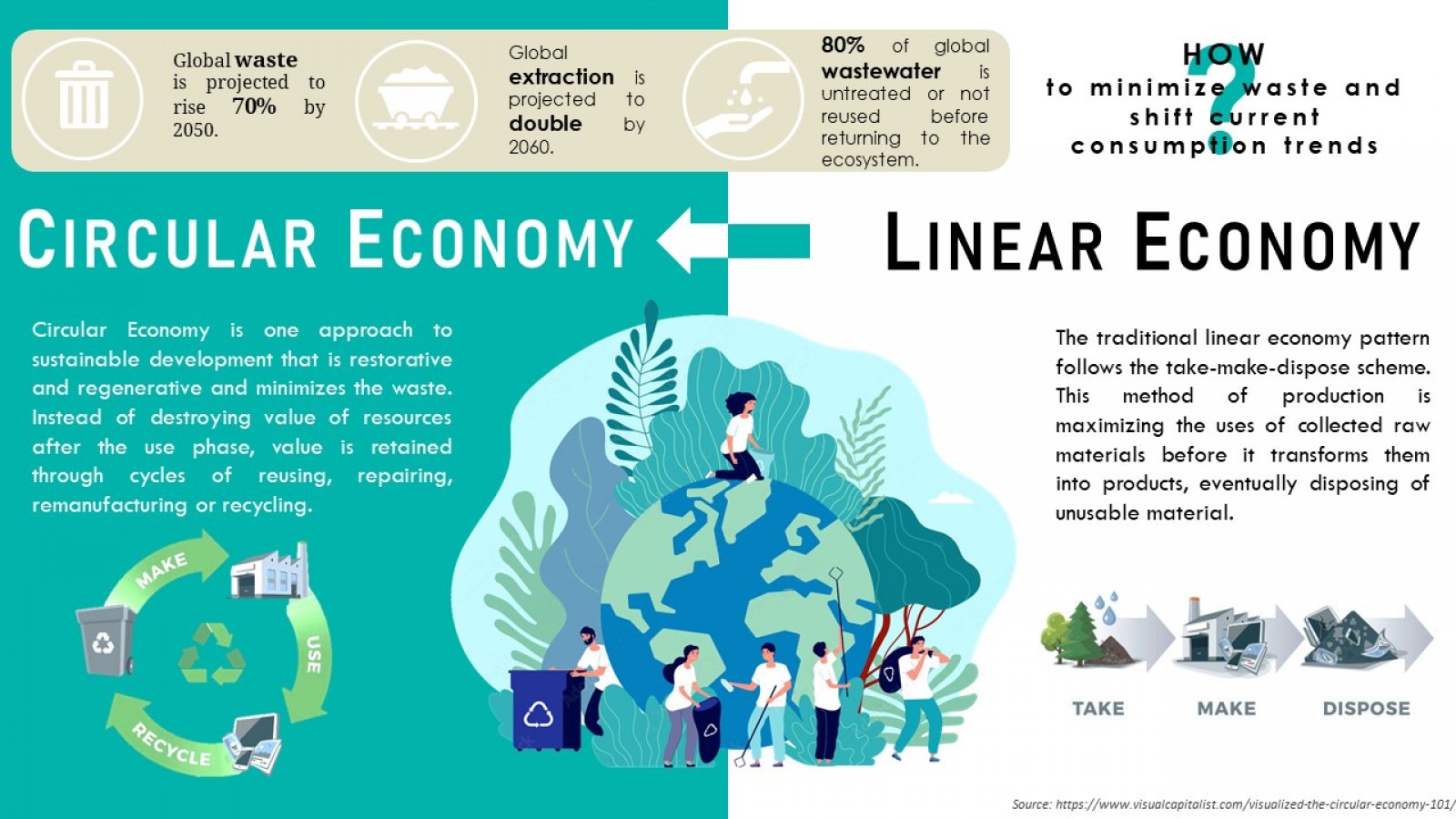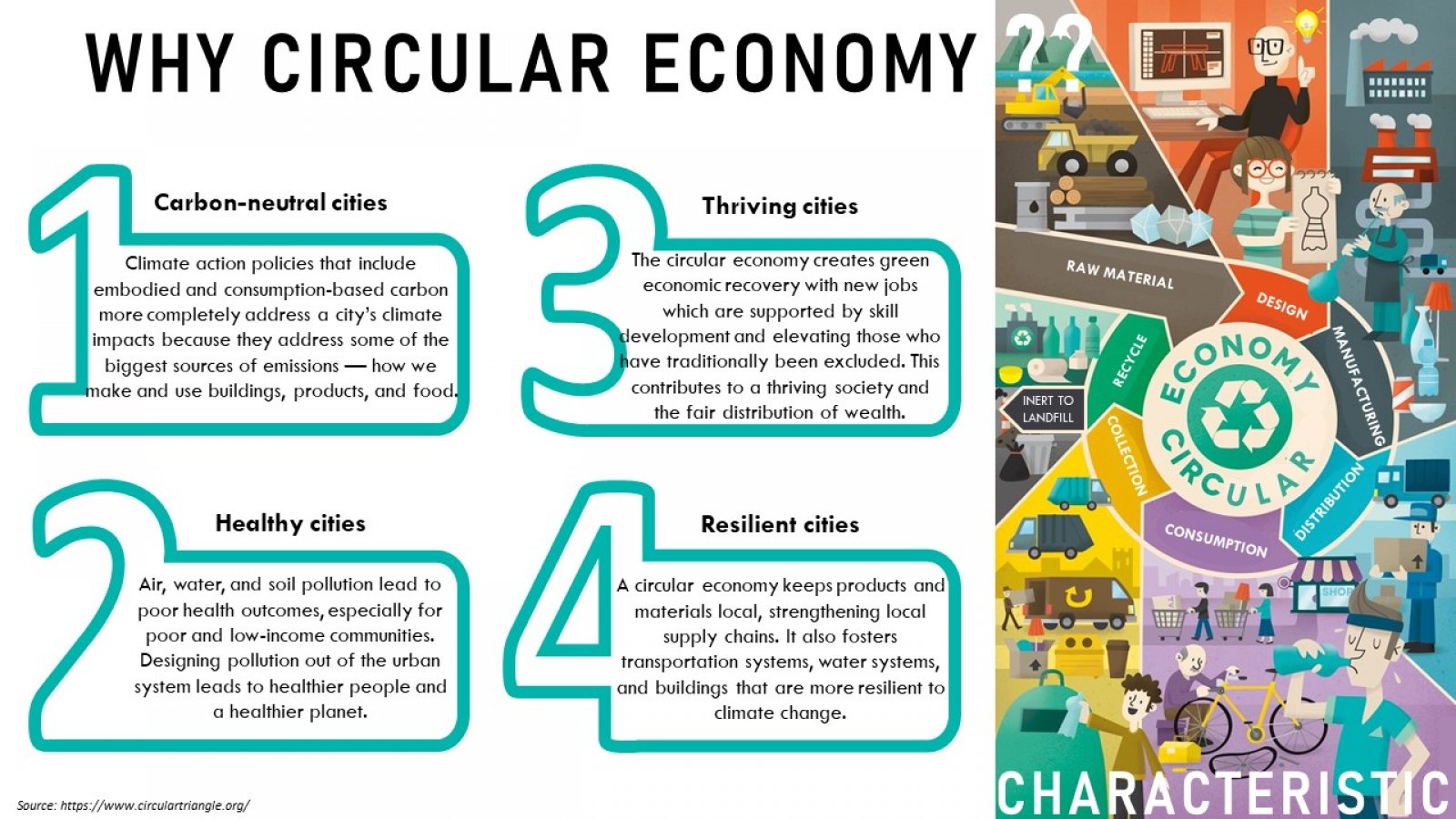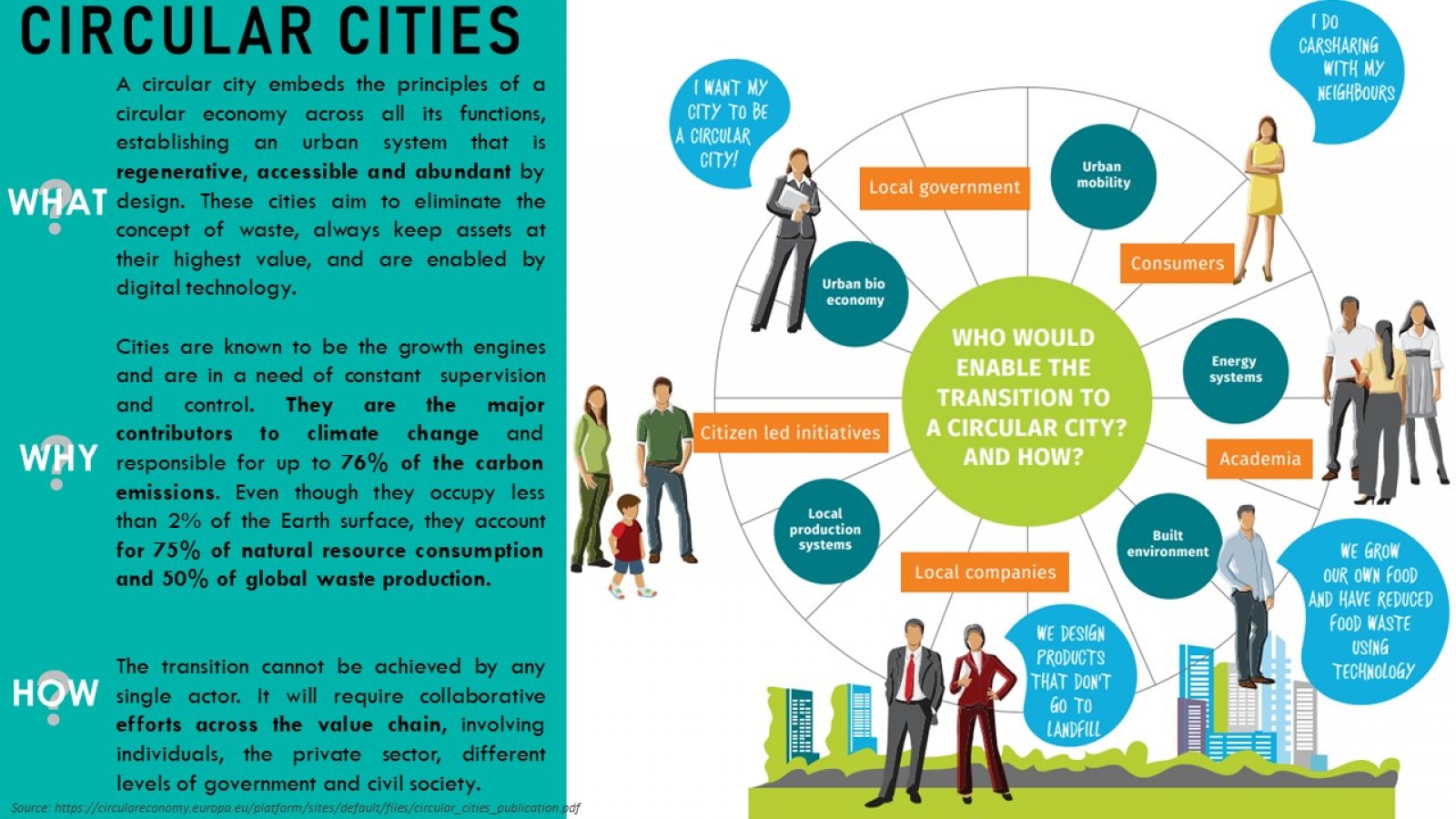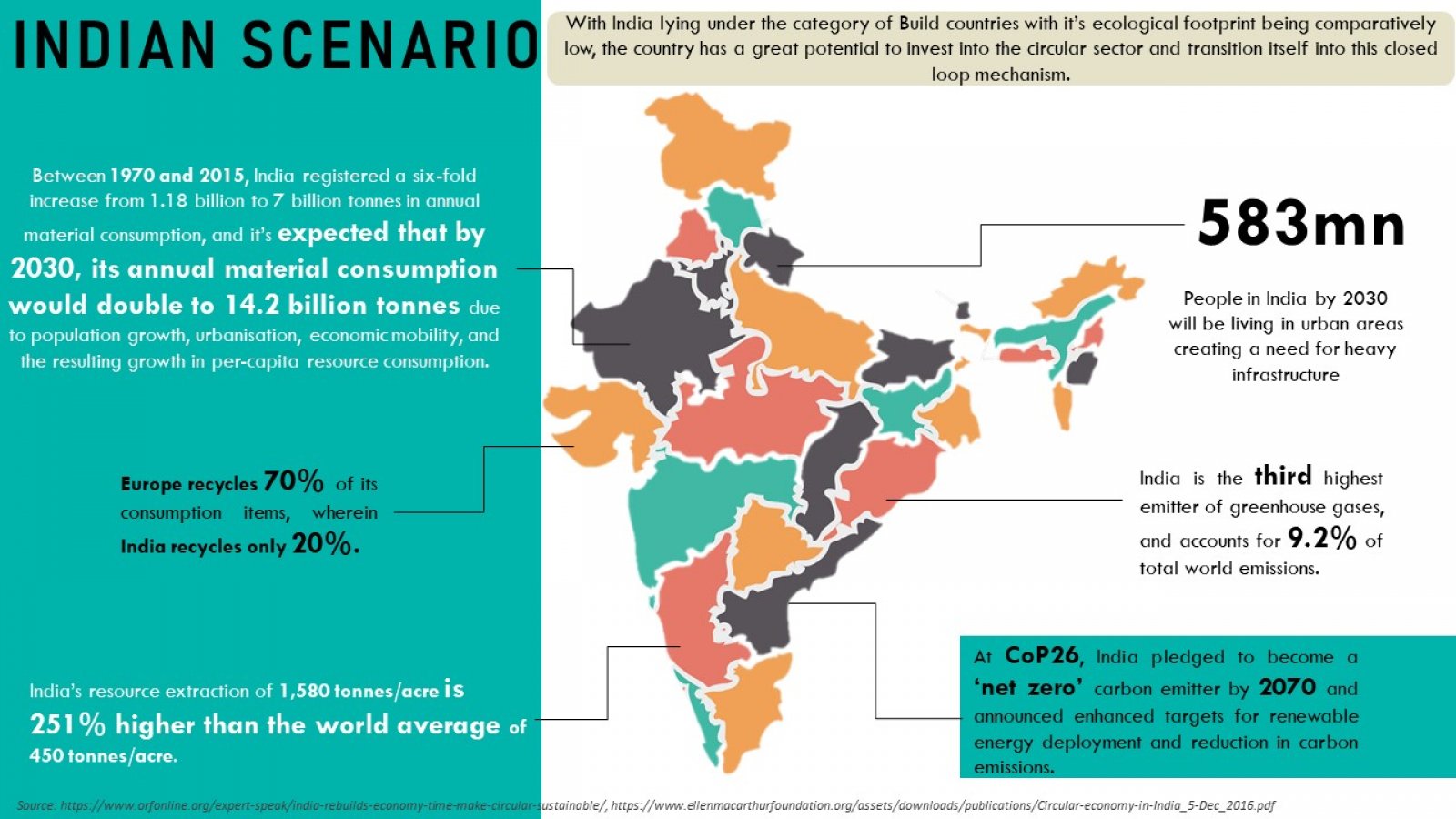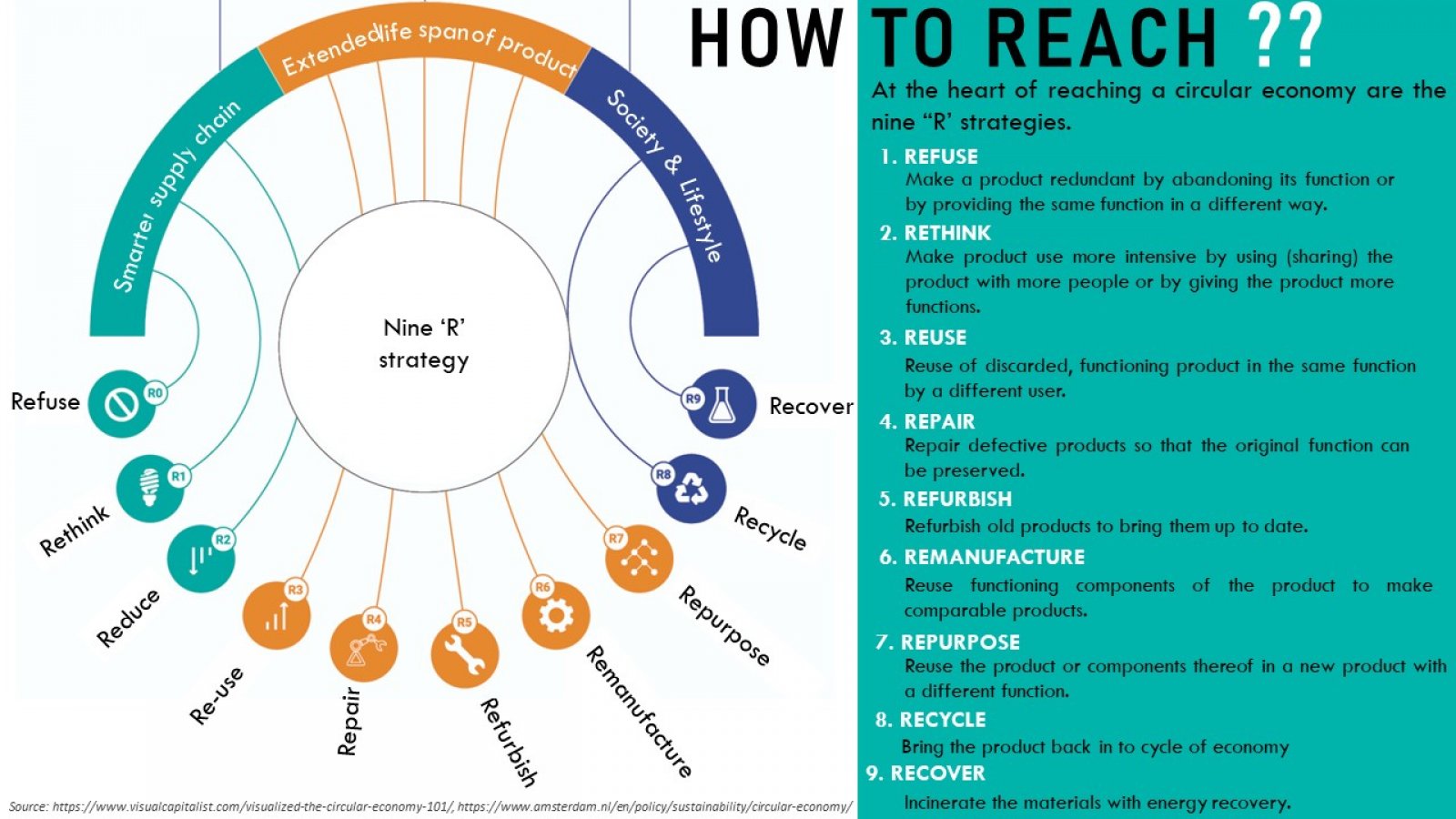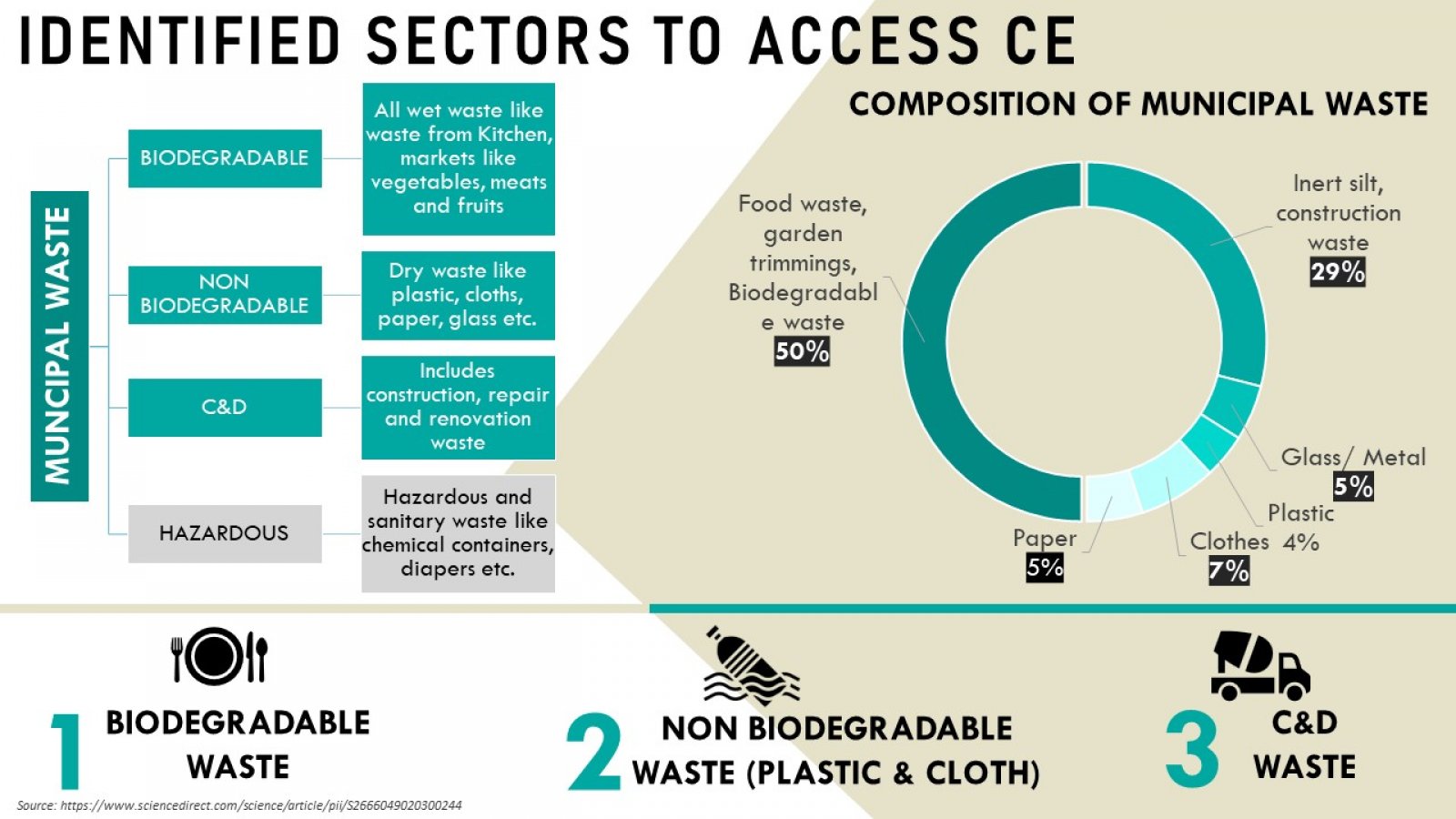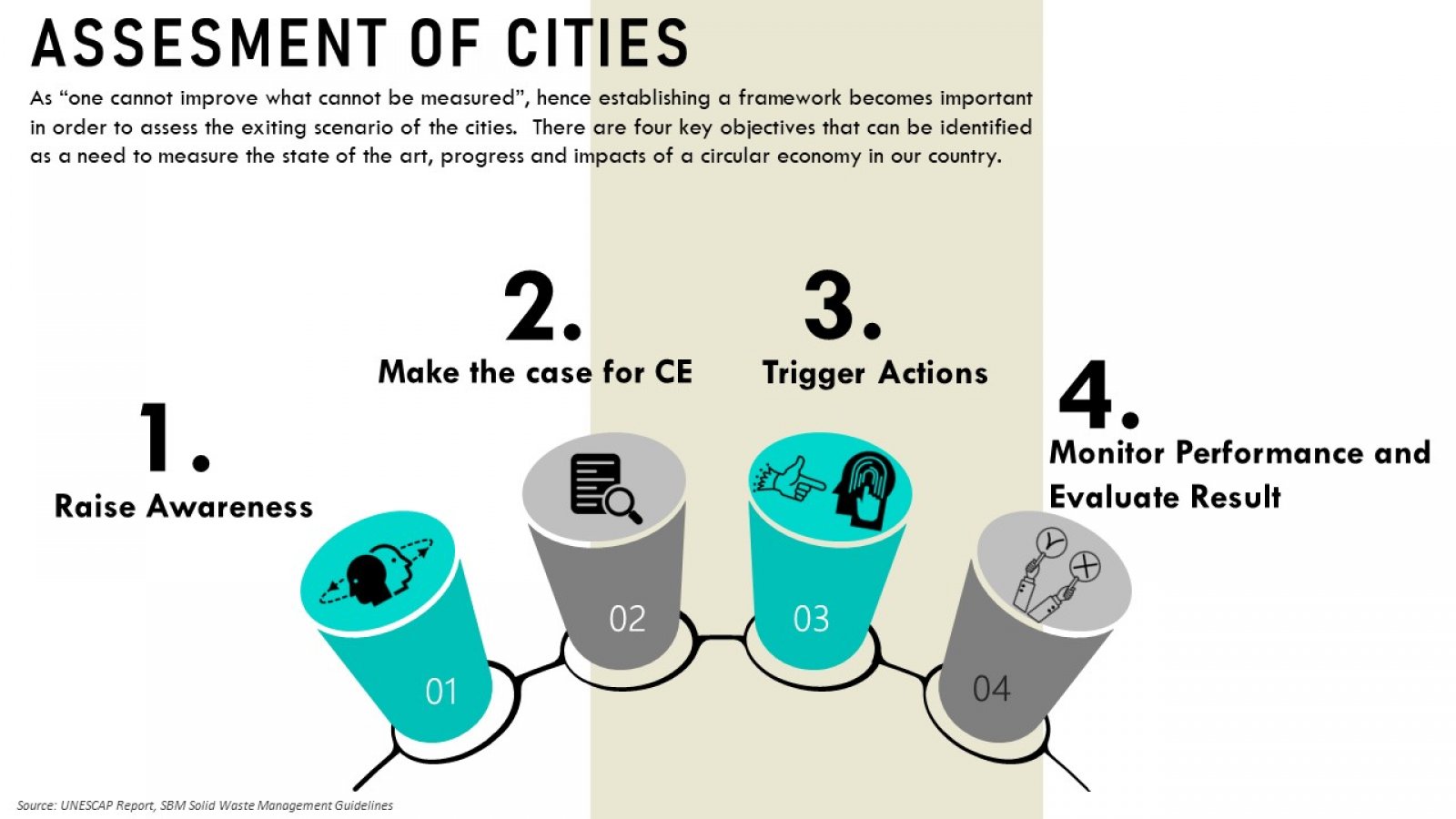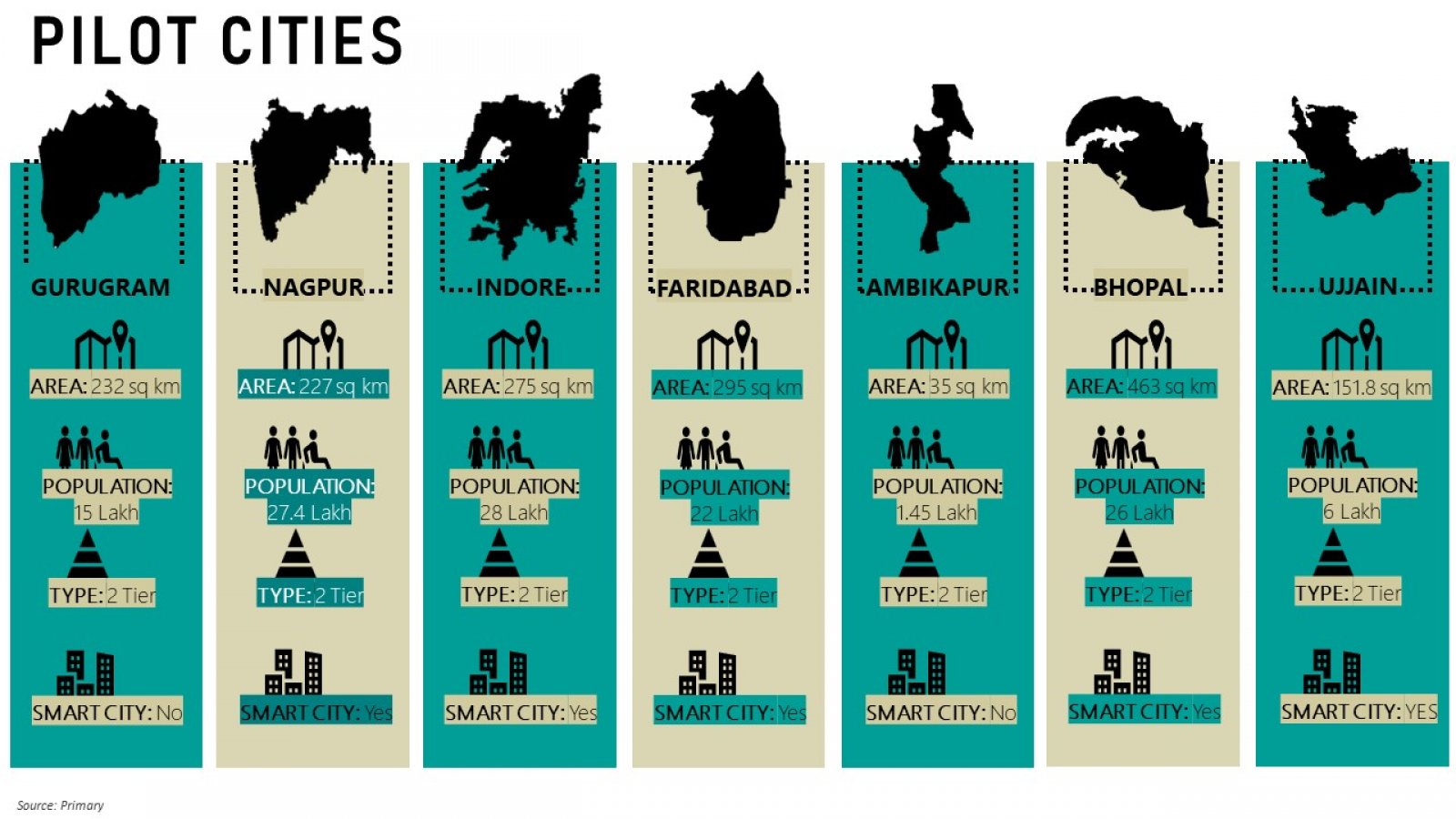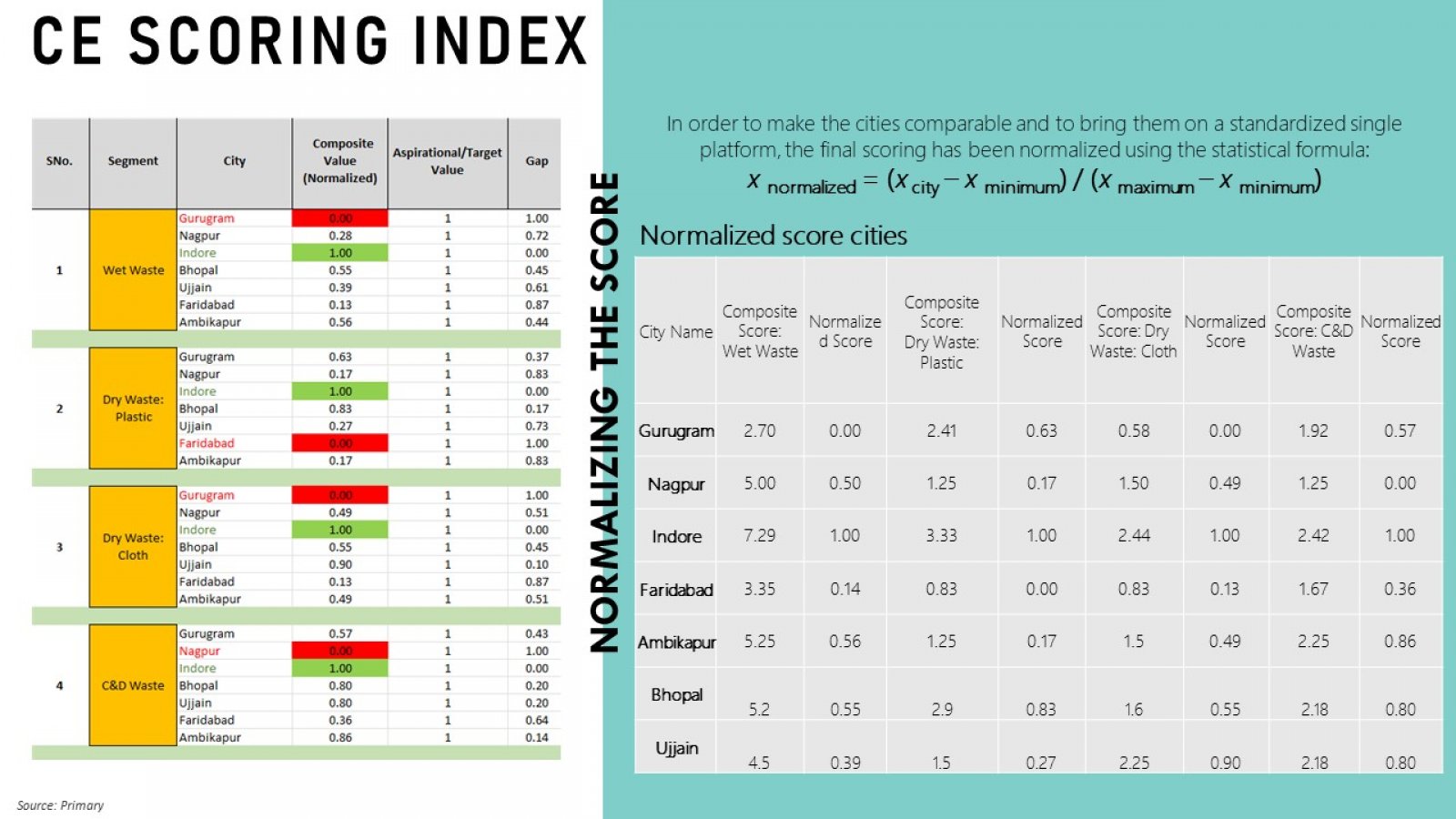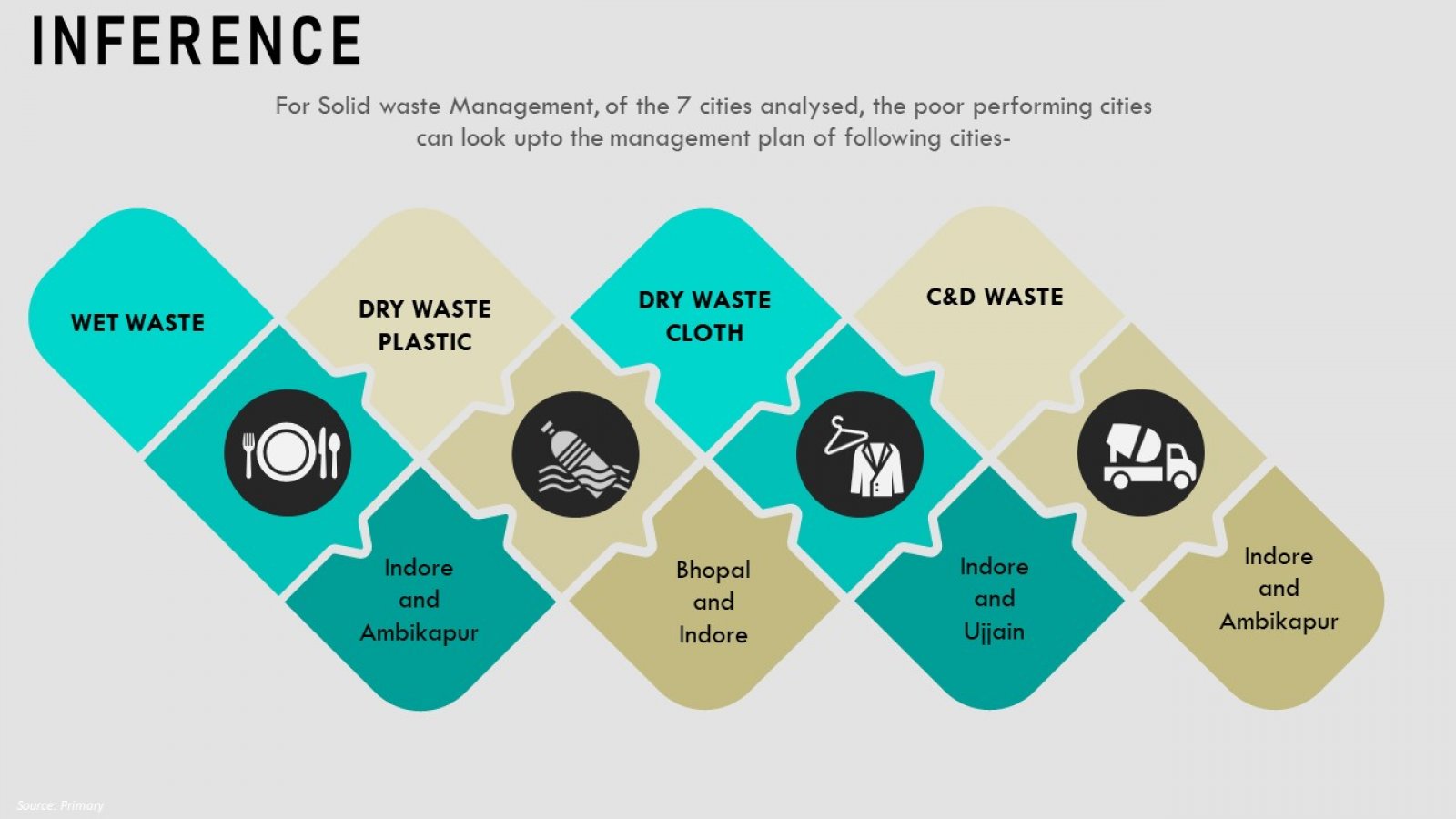Your browser is out-of-date!
For a richer surfing experience on our website, please update your browser. Update my browser now!
For a richer surfing experience on our website, please update your browser. Update my browser now!
With India attempting to combat climate change and reduce its carbon footprint, and with its cities serving as growth engines driving rapid urbanization, it is becoming increasingly important to re-examine the linear functioning of our cities and attempt to transition it into a closed loop mechanism by addressing various types of waste and their management by urban local bodies. This research focuses on understanding circularity and waste management practices, as well as strengthening and applying the circular economy framework to assess the level of circularity of Indian cities in terms of municipal waste generated and the waste stream sectors that a city should focus on to achieve higher levels of circularity.
